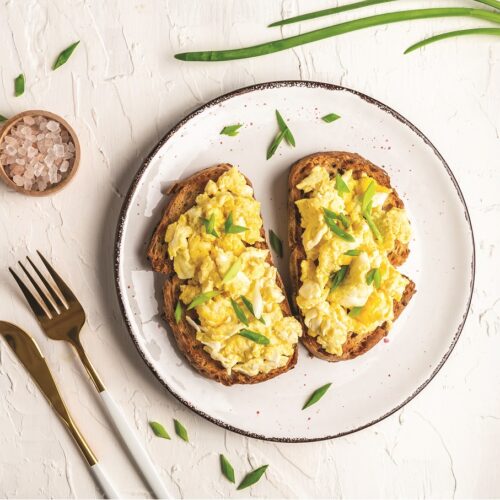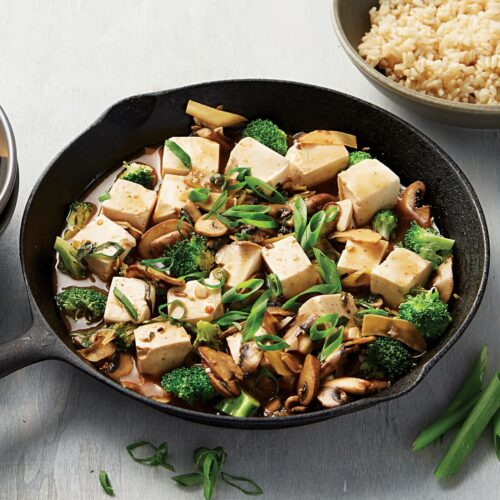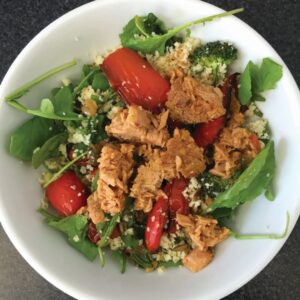
Some people can’t consume cow’s milk, or prefer not to, while others just want a change. We compare three of the many cow’s milk alternatives available, using a 1 cup (250ml) serve.
See some of our other milk and milk alternative articles:
FODMAP content of milk and milk alternatives
How to choose milk alternatives
Lactose intolerance and milk allergy
So Good Regular Soy Milk
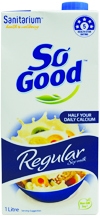
8g protein
8.8g fat
1g saturated fat
5g sugar
400mg calcium
Vitasoy Rice Milk Enriched
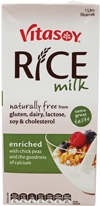
3.7g protein
3g fat
0.2g saturated fat
14.5g sugar
300mg calcium
Macro Organic Almond Milk
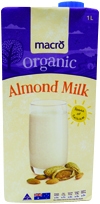
1g protein
5.2g fat
0.5g saturated fat
4.8g sugar
170mg calcium
Energy, protein
The Macro Organic Almond Milk is lower in energy because it’s low in protein. The So Good Regular Soy Milk has the highest protein, so makes for a more satisfying drink. Rice milk is naturally very low in protein, but the Vitasoy Rice Milk is enriched with protein from chickpeas, making it more satisfying.
Fat, saturated fat
These milks are all naturally low in saturated fat, and the fat they do contain is healthy fat that will add both to energy (kJ) and satiety.
Sugar
From the ingredients list we see there is no added sugar in the Vitasoy, so the sugars must come from the brown rice and chickpeas. The other products contain added sugar (in the form of cane sugar or rice syrup), but only in small amounts so let’s not be afraid - they probably wouldn’t be palatable without sugar added.
Calcium
Cow’s milk and other dairy products are traditionally our best source of calcium (cow’s milk
naturally has around 300mg in a 250ml serve), so many alternative milks are fortified with
calcium, too. Unlike the other products, So Good is also fortified with a range of other
vitamins and minerals found in cow’s milk.
Winner: So Good Regular Soy Milk
Dairy, soy and nut allergies can all be accommodated these days. But remember, there are many variations of soy, rice, almond, oat and other milks, so check and compare the nutrition information to get the best one for you.
www.healthyfood.com



